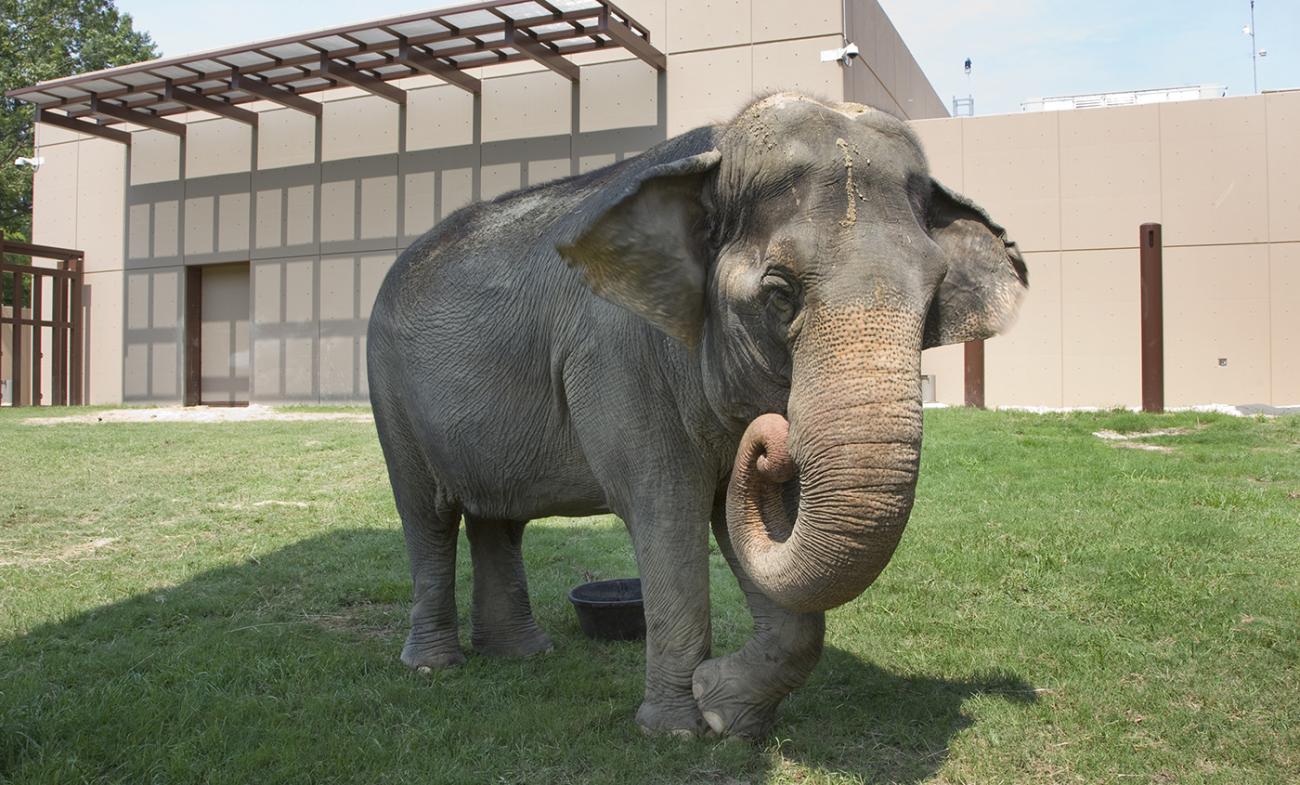Elephants
Smithsonian Conservation Biology Institute’s Center for Species Survival scientists are studying what management factors are the most important for ensuring optimal health, reproduction and welfare of elephants, particularly ex situ. Activities are focused on both the African and Asian species of elephants in U.S. zoos, as well as managed populations in Southeast Asia.
Wild elephant populations are under siege. A major threat is the loss and fragmentation of habitat due to human expansion and agricultural land conversion, which leads to human-elephant conflict. Poaching for ivory is also a serious threat for both species, although more for African than Asian elephants. More than 60 percent of forest elephants in Africa have been killed for the ivory trade in the last decade.
Breeding elephants in human care is increasingly viewed as a means of maintaining important populations as “insurance” against environmental or anthropomorphic catastrophe. Globally, there are about 1,000 African elephants in human care, mostly in zoos, and upwards of 16,000 Asian elephants in zoos, circuses, sanctuaries, logging and tourist camps. Unfortunately, most captive elephant populations are not self-sustaining due to high mortality and low birth rates, and supplementation by wild capture and/or importation is widespread.
Current Projects
- Reproductive endocrinology
- Reproductive surveys of elephants in U.S. zoos and Thailand
- Identifying management factors important for good welfare
- Assisted reproduction and genome resource banking
- Neuroendocrine regulation of prolactin and its effect on ovarian cyclicity
- Physiological markers of health and inflammation
- Social needs of managed elephants
- Musth control
- Genetic correlations with reproduction and health
- Relationships between body condition, metabolic function, health and reproduction












